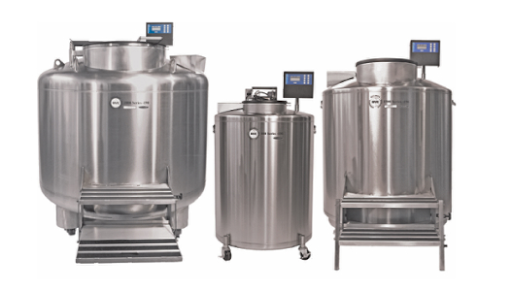Biological storage, the practice of preserving various biological materials, is a cornerstone of modern scientific research and medical innovation. With advancements in biotechnology, the need for more sophisticated biological storage solutions has become paramount. This comprehensive article explores the latest innovations in biological storage solutions, providing an in-depth analysis with additional information, data, and insights that go beyond what competitors may have covered.
Understanding Biological Storage
Biological storage refers to the methods and systems used to preserve biological samples such as DNA, cells, tissues, organs, and blood products. These materials are crucial for research, clinical applications, and therapeutic development. The primary goal of biological storage is to maintain the integrity and functionality of these samples over time.
Advances in Cryopreservation
Cryopreservation remains the gold standard in biological storage. This process involves storing biological materials at ultra-low temperatures, typically using liquid nitrogen. Recent advancements have focused on minimizing ice crystal formation, which can damage cellular structures. Innovations include vitrification techniques and the development of cryoprotective agents.
Automated Storage Systems
The integration of automation in biological storage systems has significantly enhanced efficiency and accuracy. Automated storage systems can manage thousands of samples, track their location, and monitor storage conditions in real time. These systems reduce human error and improve accessibility to samples.
Innovations in Refrigeration Technologies
Refrigeration technology plays a crucial role in biological storage. Recent developments include more energy-efficient cooling systems and the use of environmentally friendly refrigerants. These innovations are not only better for the environment but also reduce operational costs.
Biological Storage and Personalized Medicine
Biological storage is integral to personalized medicine, where patient-specific biological samples are stored for future therapeutic use. Advancements in biological storage are enabling more effective personalized treatment plans, including targeted cancer therapies and regenerative medicine.
Regulatory Compliance and Quality Control
Biological storage facilities must adhere to stringent regulatory standards to ensure sample integrity. This includes compliance with protocols such as the Good Laboratory Practice (GLP) and Good Manufacturing Practice (GMP). Innovations in quality control processes and monitoring systems are helping facilities meet these rigorous standards.
Challenges and Future Directions
Despite advancements, challenges remain in biostorage, particularly in scalability and long-term sustainability. The future of biological storage lies in addressing these challenges, exploring alternative storage methods, and further integrating technology to enhance precision and reliability.
Conclusion
The field of biological storage is continually evolving, driven by technological advancements and the growing demands of biomedicine. As we develop better storage solutions, we pave the way for grou



